Yesterday I was fortunate enough to spend the day working with one of our longest-term clients, who has been successful many times in creating long-term shareholder value. As we were driving down the highway after a meeting, he made a very insightful comment: “To be successful, you must own the product.”
What does “own the product” mean? Owning the product is a shorthand way to describe five elements:
1. Understand why a customer buys from you
2. Understand what elements of a product and/or service a customer will pay a premium for
3. Understand which customers are strategically critical to your future success
4. Possess or control the capabilities necessary to develop the product and/or service
5. Possess or control the technical know-how and skills necessary to produce and deliver the product and/or service on time and budget
While outsourcing and third-party production/OEM systems are an excellent strategic alternative that should not be discounted, what we see in many companies today is that distancing the executives from the customer creates what I call “risk gaps.”
Risk gaps exist when the company no longer possesses the necessary technical know-how or skills to innovate at a faster rate than the competitor. While it is certainly logical in many situations to rely on third-party producers and suppliers, the technical know-how to develop new and better products and services needs to remain within the organization: that is how value is created.
Over the next few postings I will share with you how to close risk gaps and ensure that your organization retains control and develops the next-level innovative thinking necessary to remain in the above-average, higher profitability quadrants for your industry. Closing risk gaps and maintaining product ownership is all about decision making: taking the big decisions necessary to ensure your future success.
One question you can ask your management team today is: “Which product categories do we need to own?”
Read on: What are your customers thinking? What can you do?





